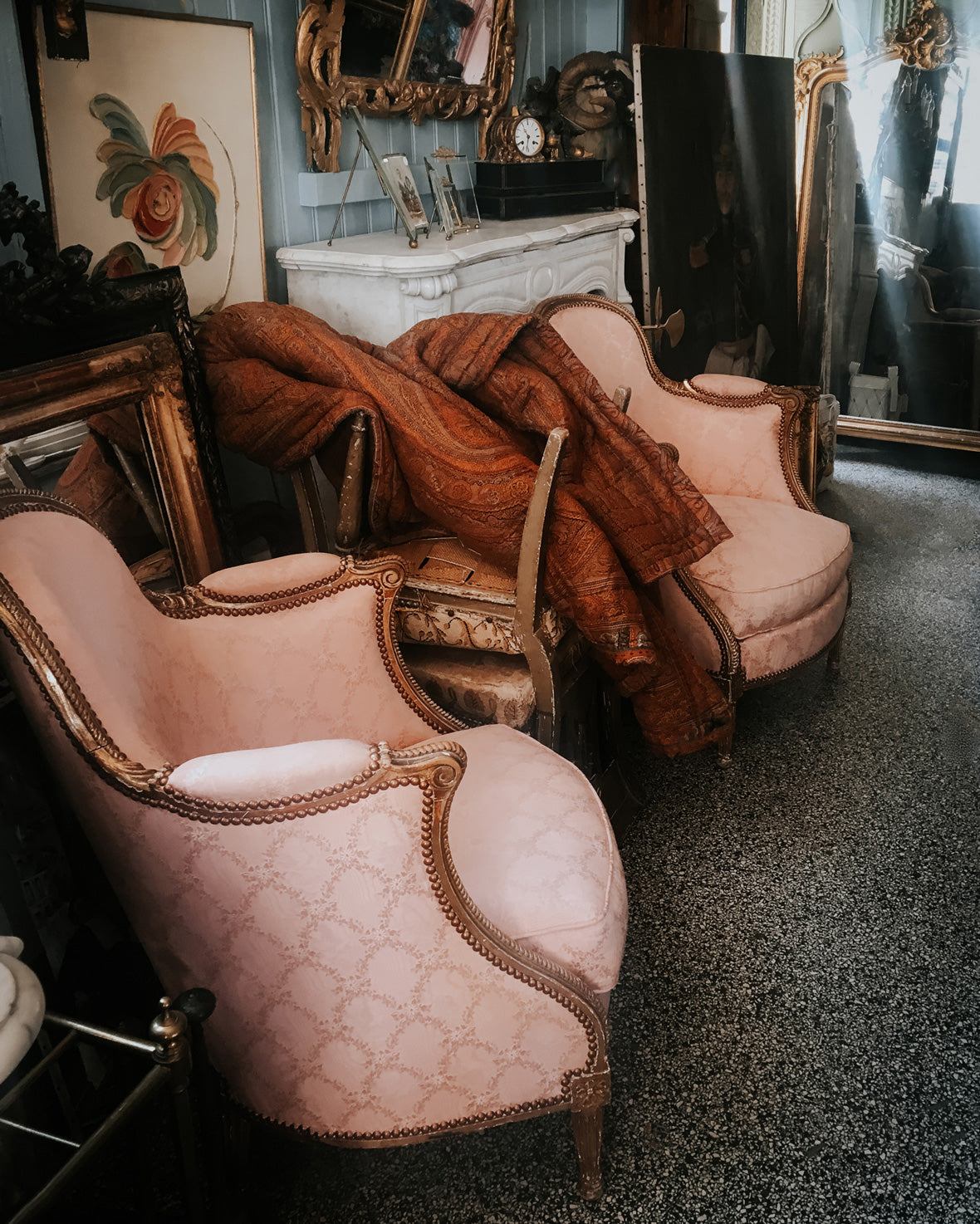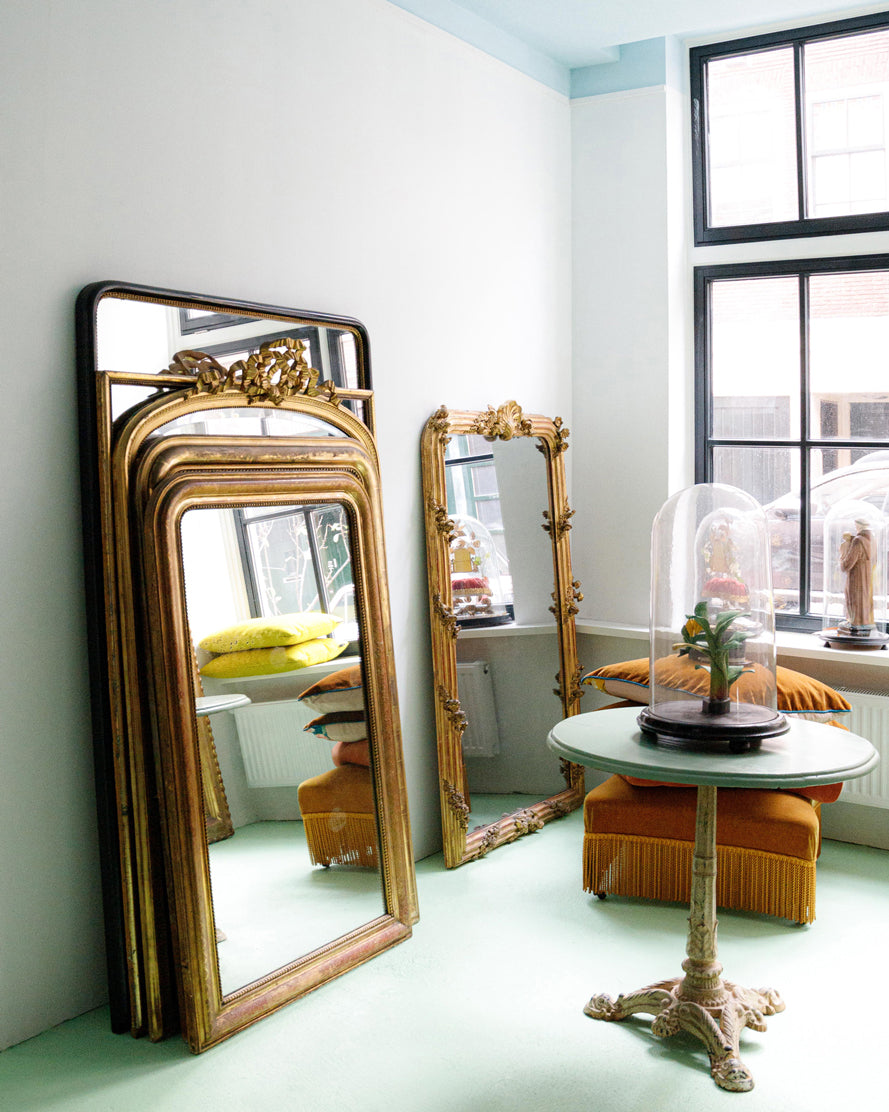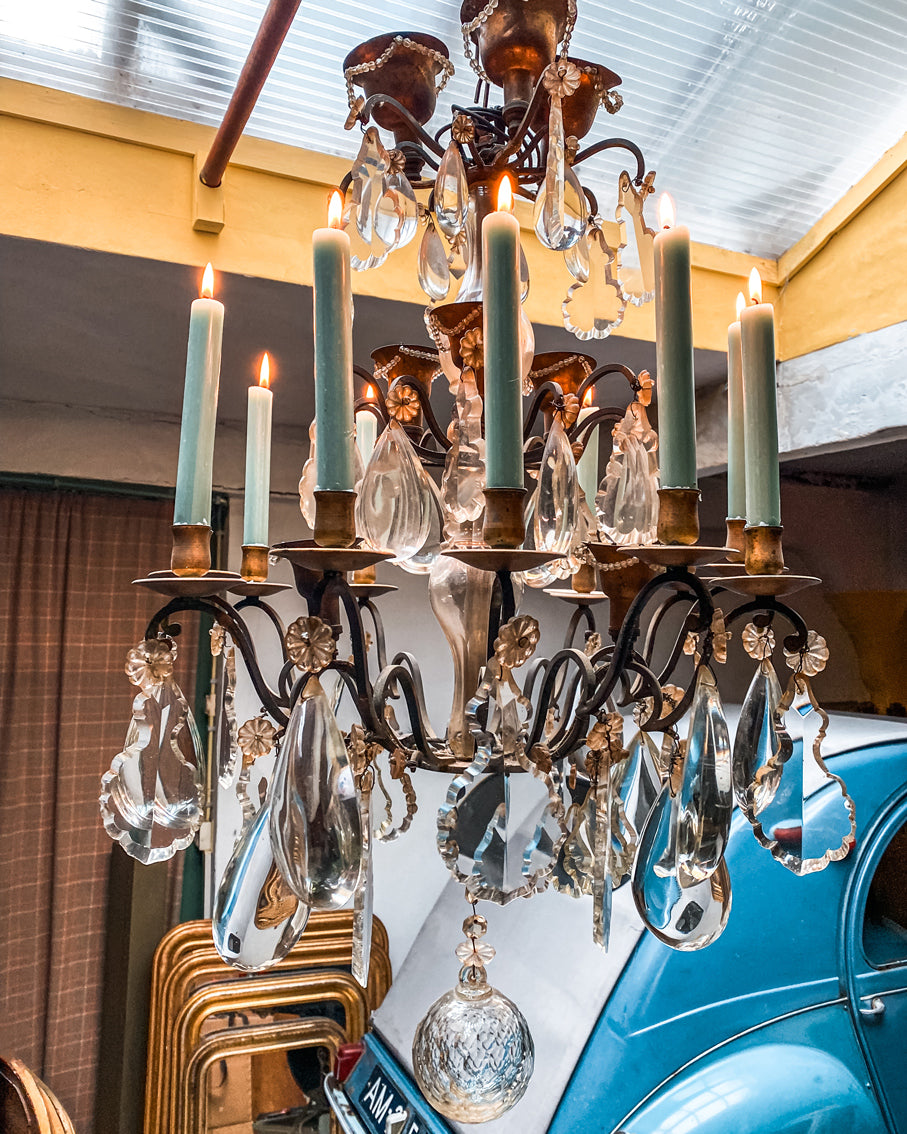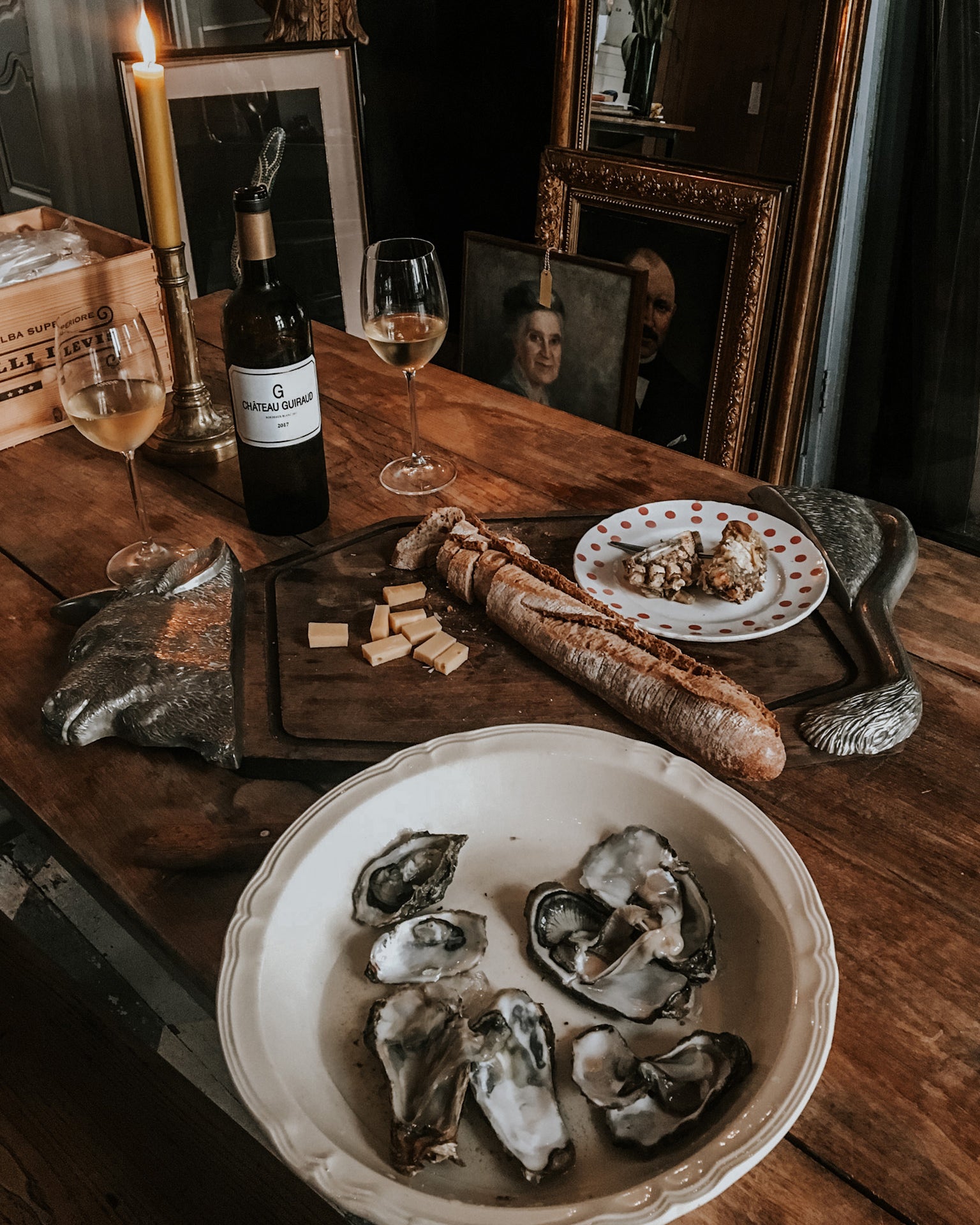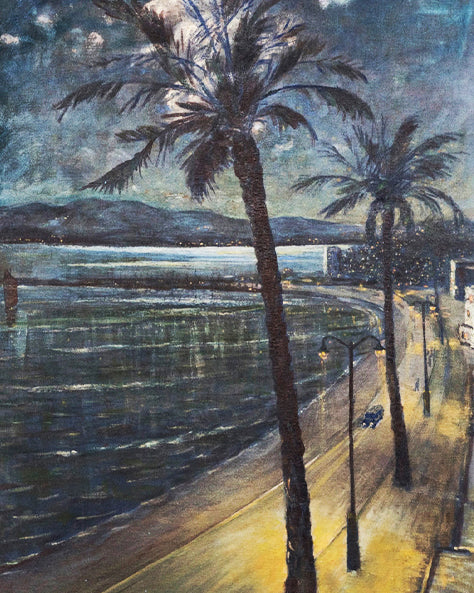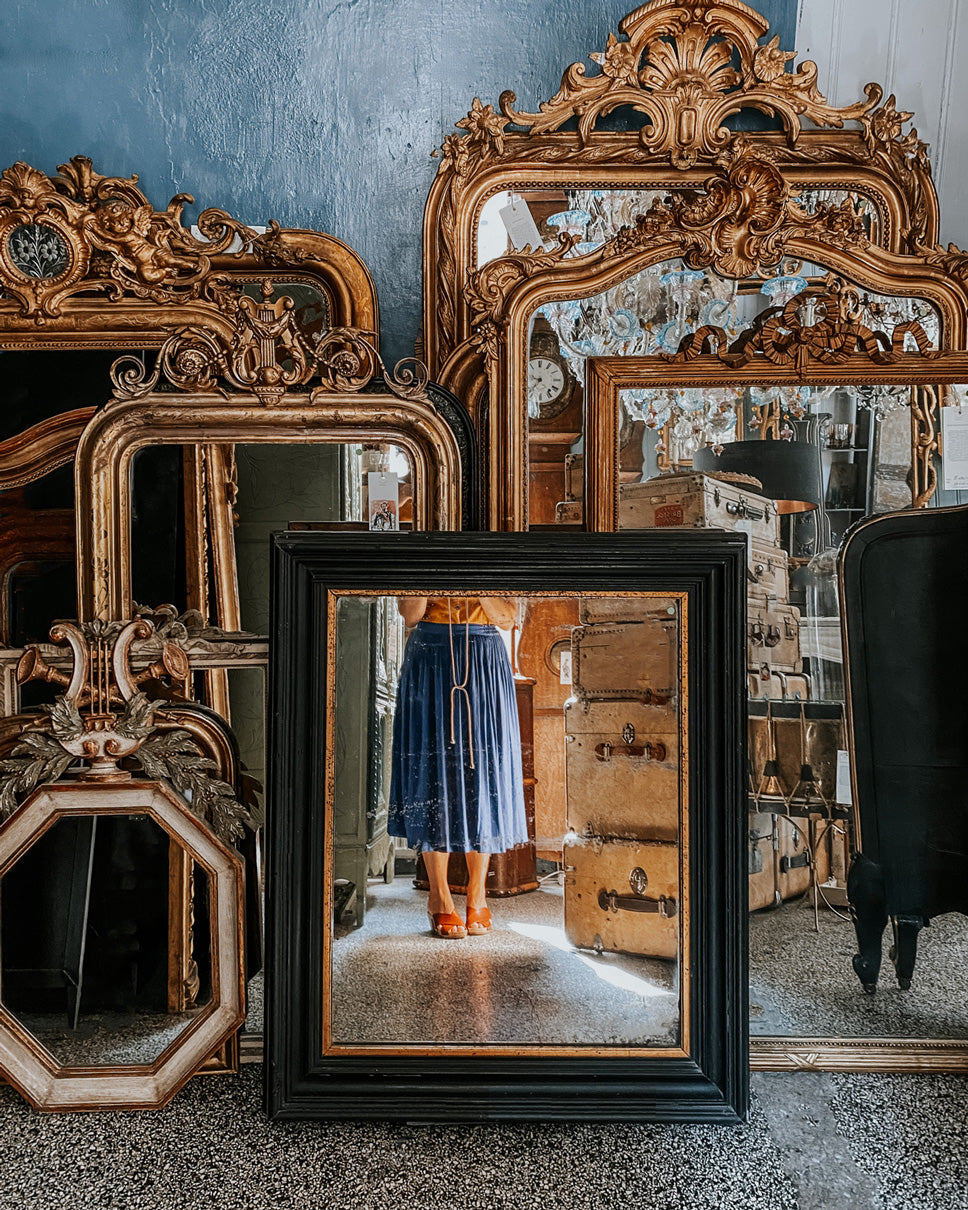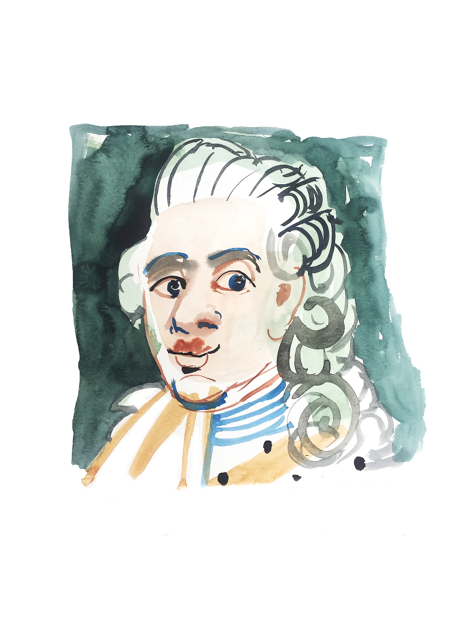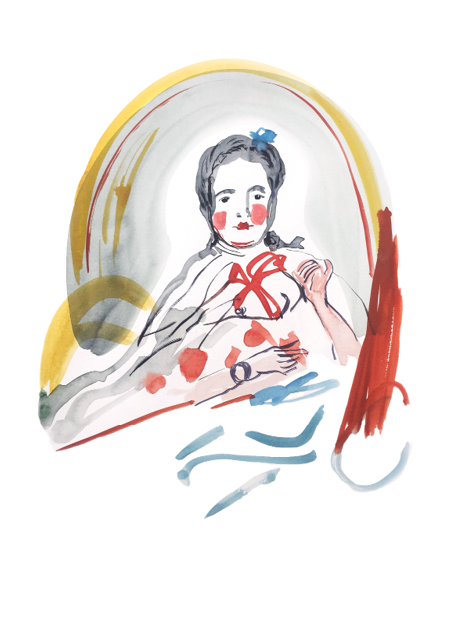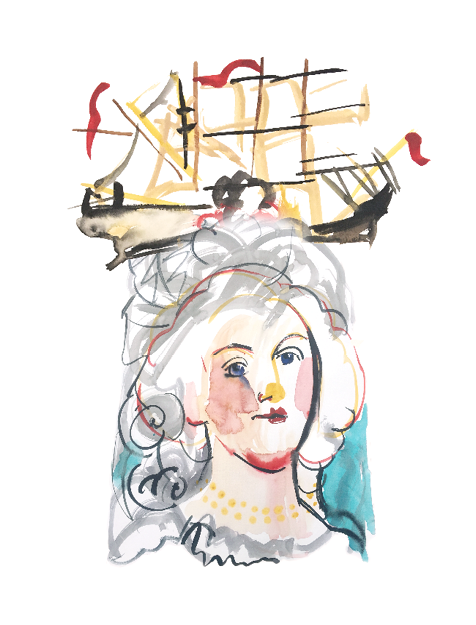6. Meet the French Royal Style: Louis XVI
Louis XVI was the last King of France before the French Revolution. He was interested in lock-picking. The blunt table knives that we use today are heavily influenced by Louis XVI, as he ordered that all pointy knives were grinded down to reduce the rebellious atmosphere in France. Unfortunately, this did not affect the events that lead to the French Revolution. In 1789, during the last weeks of his life, Louis XVI was referred to as Citizen Louis Capet. In hindsight, it is unfortunate that a few years before the guillotine was used to chop his own head off, Louis XVI made several suggestions to improve the effectiveness of the machine.
Furniture style: Louis XVI
Neoclassical designs, flying away with straight lines. However, strongly influenced by the neoclassical mood that spread across Europe after the discovery of the Pompei sites, Louis XVI is adorned with ovals, arches, medallions, wreaths, garlands, urns and flourishes. Expensive woods are used, such as ebony, rosewood and mahogany. New pieces of furniture appear, for instance the living room table. In chairs, expect to find fluted and slightly tapered legs and medallions with backrests.
Furniture legs in the Louis XVI style are typically straight and often tapered.
Fluted columns, reminiscent of classical Greek and Roman columns, are a common feature in Louis XVI furniture. These columns may appear as decorative elements on case pieces or as supports for tables.
The Greek key motif, a repeating pattern of interlocking rectangles, is a popular decorative element in Louis XVI furniture. It is often found on chair rails, table aprons, and other surfaces.
Louis XVI furniture often features lighter wood tones such as mahogany, oak, or fruitwood. The use of lighter colors contributes to the overall airiness and elegance of the style. The elegance and classicism of this period continue to influence interior design today.

